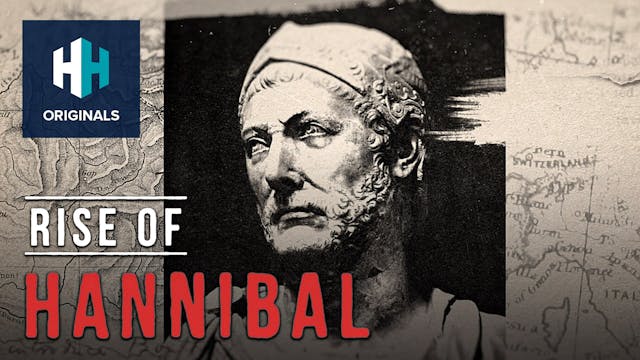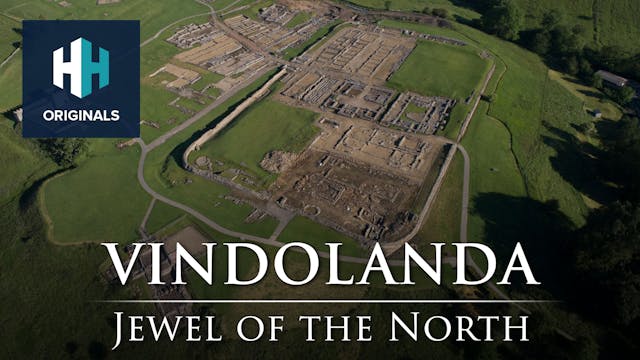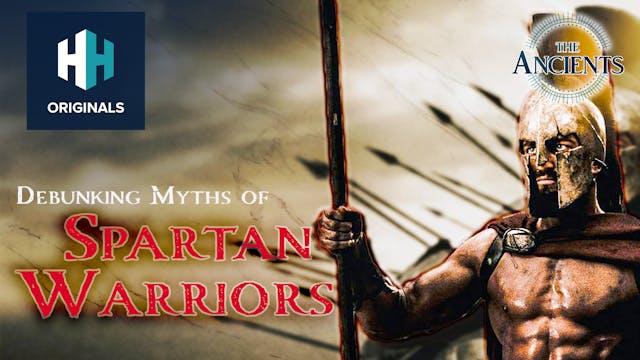Rodin and the Art of Ancient Greece
That's Ancient History
•
20m
Born in Paris in 1840, François-Auguste-René Rodin is quite possibly the most famous sculptor in recent history. Considered by many to be the first ‘modern’ sculptor, his works such as ‘The Kiss’ and ‘The Thinker’ have become iconic throughout the world. He possessed a unique ability to model a complex, turbulent surface in clay. Rodin clashed with the predominant figurative sculpture traditions, in which works were decorative, formulaic, or highly thematic. He departed from the traditional themes of mythology and allegory, and instead modelled the human body with realism, and celebrated individual character and physicality. But Rodin did not set out to rebel against the past. He was schooled traditionally, took a craftsman-like approach to his work, and desired academic recognition – despite the fact that he was never accepted into Paris’s foremost school of art, despite applying 3 times. In fact, Rodin is tied very closely to the classical past, and particularly Ancient Greece. Indeed, when he gifted part of his collection of works to the V&A in 1914, The Times wrote that ‘There are very few artists in the whole history of art who could make a gift worthy of such an occasion, but M. Rodin is one of them - one with Michelangelo and Donatello, and with the earlier masters of Greece.' Rodin took huge inspiration from the classical art he saw at the British Museum in 1881. Now Janina Ramirez returns to the very same institution to guide us round the exhibition of his iconic works and ancient influences, exhibited here side-by-side for the first time.
Up Next in That's Ancient History
-
Rise Of Hannibal
He was one of the greatest enemies the Romans ever faced. An excellent general and a larger-than-life figure, who led an army across the alps and dealt a series of crushing defeats upon the Romans on Italian soil. His achievements have become a thing of legend and his name has become immortalised...
-
Vindolanda: Jewel of the North
Situated roughly two miles south of Hadrian's Wall in the heart of the Northumberland countryside, Vindolanda is home to some of the most remarkable archaeology from Roman Britain. Its history spans several centuries; it is a must see site for anyone wanting to know more about the ancient history...
-
Debunking Myths of Spartan Warriors
Characterised as super soldiers, formidable fighters who would rather perish than surrender - their reputation truly did proceed them.
But how accurate is this image - and does it correlate with what the ancient sources actually tell us?
In this filmed episode of The Ancients podcast Sparta mi...



